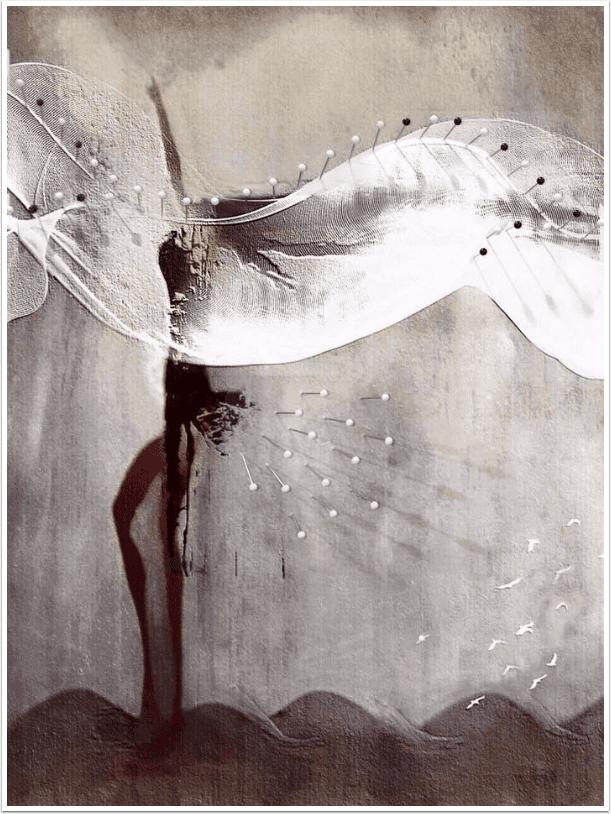These Simple Techniques Will Transform Your Photos
Introduction
Producing a professional photo can take years of practice and many of us exercise a trial and error approach in order to get the desired result. Gone are the days when a photographer had to wait to finish the film and get it processed before he could see the finished results. With the advancements of digital cameras, it is possible for everyone to produce professional quality photographs.
So, what makes a great photograph? The truth is that photography is personal and everyone has their favourite types of photos. For some, black and white photos are the way to go, whereas others prefer overly tinted images. You may love portraits or like nothing better than a good old landscape. We all have a bias when it comes to photograph and that is what makes photography so fascinating.
Composition Counts
Deciding on a subject is the first decision you will need to make. Is it going to be a portrait, a street scene, everyday objects? Look at how many subjects are in the shot. If you are having a difficult time with the composition, you may be trying to focus on too many subjects. If this is the case, decide on what one subject will be central focus. Play around with the composition if you are unsure what is going to work best.
Many beginning photographers rely on the rule of thirds, a basic rule of composition whereby photographers imagine a tic-tac-toe board on the frame of the picture, and then position the most interesting part in the intersection of those lines. An off-center composition is more pleasing to the eye and looks more natural than if the subject was stuck in the center. When composing the photo, consider what elements are most important and try to position them at or close to the intersection of the lines of the grid. If you are taking a portrait then you want to be drawn to the eyes of the person. Try to line up the eyes at one of the intersections of the grid.
Even when you have worked out what you are going to photograph, it is important to keep an eye out for aberrations, something that is left in the picture that doesn’t belong in the picture. Maybe there is a trash can in the background, a road sign or someone else in the photo who you don’t want there. All these things cause distractions from the main focus of the photo making it look cluttered.
Take special care to look around the frame for aberrations, as it can be easy to focus on the main subject of the shot and forget about other objects in the background. A specific type of aberration is chromatic aberration, or “color fringing”, a common optical problem that occurs when a lens is either unable to bring all wavelengths of color to the same focal plane, or when wavelengths of color are focused at different positions in the focal plan.
Angles
Considering the angle that you are going to take the photo from is also an important thing to consider. Professional photographs are often taken from non-obvious spots. It can provide a fresh perspective on the subject or setting. If you are taking a photo of a cityscape, are you going to shoot down overlooking the buildings or across the horizon? If you are taking a portrait of a person, are you going to shoot straight on or at an angle?
If you are shooting outside, you will have even more elements to grapple with, from weather, traffic and lighting. Choosing what time to take the picture can be an important factor. The general rule for success is early in the morning or late evening. If you are going to risk a midday shoot, make sure you work with the weather. Overcast skies can be great as they naturally diffuse the light, but the finished product can be a flat photo. If you want to have a go at shooting in bright sunlight, consider experimenting with shadows or taking pictures in the open shade.
What to Consider During Editing
Once you have finished your photo shoot, you will hopefully have found a few with potential but the photography process does not stop there. Editing your photographs has the potential to transform them to another level. A lot of people shy away from the editing process but with the know-how of a few basics, it is possible to create different moods and effects producing a professional finished look.
Cropping is one of the first basics in the editing process and is good for beginners who are still learning to compose their photos. It is rare to see a photo zoomed in too tight but cropping provides an opportunity to zoom in on one part of a scene and work on what is most important in your shot. There isn’t any full-proof rule when choosing what to crop out of your photo but consider whether there are other elements in the frame distracting from your main subject. Where do you want your attention to be focussed on?
When you are happy with your composition, it is time to consider the exposure of your image. A photo that has too low of an exposure is too dark, and a photo that has too bright of an exposure is too light. It is still important to have a contrast between the light and dark, as it can give your image depth. If you are going for a softer looking picture, decrease the contrast.
If you are going for a coloured photograph, experiment with the different colours and filters. Some photographers love vivid colours while others prefer a more demure palette. The colours of your finished photo can have a significant effect on the mood created. The color saturation refers to the intensity of the color. Red, yellow and blue are considered the truest version of color as they are saturated. Increasing the saturation of the colour in your photo can boost its vibrancy but overuse can drown out the other elements of your photo. A variety of software comes with pre-set filters so if you are unsure what sort of look you are going for this would be a good place to start.
Towards the end of your editing process, it is important to look at the sharpness of the photo. An ideal photo will have been focussed for the optimal sharpness when the picture was taken, but for amateurs this is not always the case. Sharpening makes the photo look crisper and the edges more distinct. It can emphasize texture and draw the viewer focus. While the sharpening process is not able to reconstruct the ideal image, it can create the appearance of a more pronounced edge.
Sharing Your Finished Work
One of the most rewarding parts of the photograph process is showing off your finished process. Whether you want to post your photos online or print them out on a giant canvas, sharing your finished works is a great opportunity for you to get some feedback, whether its from family and friends or from other photography enthusiasts. It also provides you with a chance to build up your own portfolio, allowing you to reflect on your work.
Conclusion
Whether you are just starting out in photography or are already producing fantastic images, there are a few key things you can do to transform your photos. Mastering the composition of your photos can be an important step, deciding what to include and what to focus on can take time. Using the rule of thirds can be helpful for beginners, but ultimately, you need to work out what you want in your shot and what angle will be taken from. Paying careful attention to the light and shadow in your picture and if you are shooting outside, consider what the weather is doing and how it might affect your photo.
When your photoshoot is complete, it is time to start editing. There is a wide range of options to enhance and optimize certain elements in your image. From cropping to get the perfect composition to enhancing certain colours, editing provides an opportunity to enhance the mood of the image and highlight important elements that may not have been picked up during the photoshoot. The wide variety of editing software available means you can experiment with different effects and filters until you are happy with you finished piece.
Experimenting with what works is part of the fun about photography and even experienced photographers are always looking to hone their skills. Building up your portfolio, putting them on display is a great way to see the finished results of your hard work.



